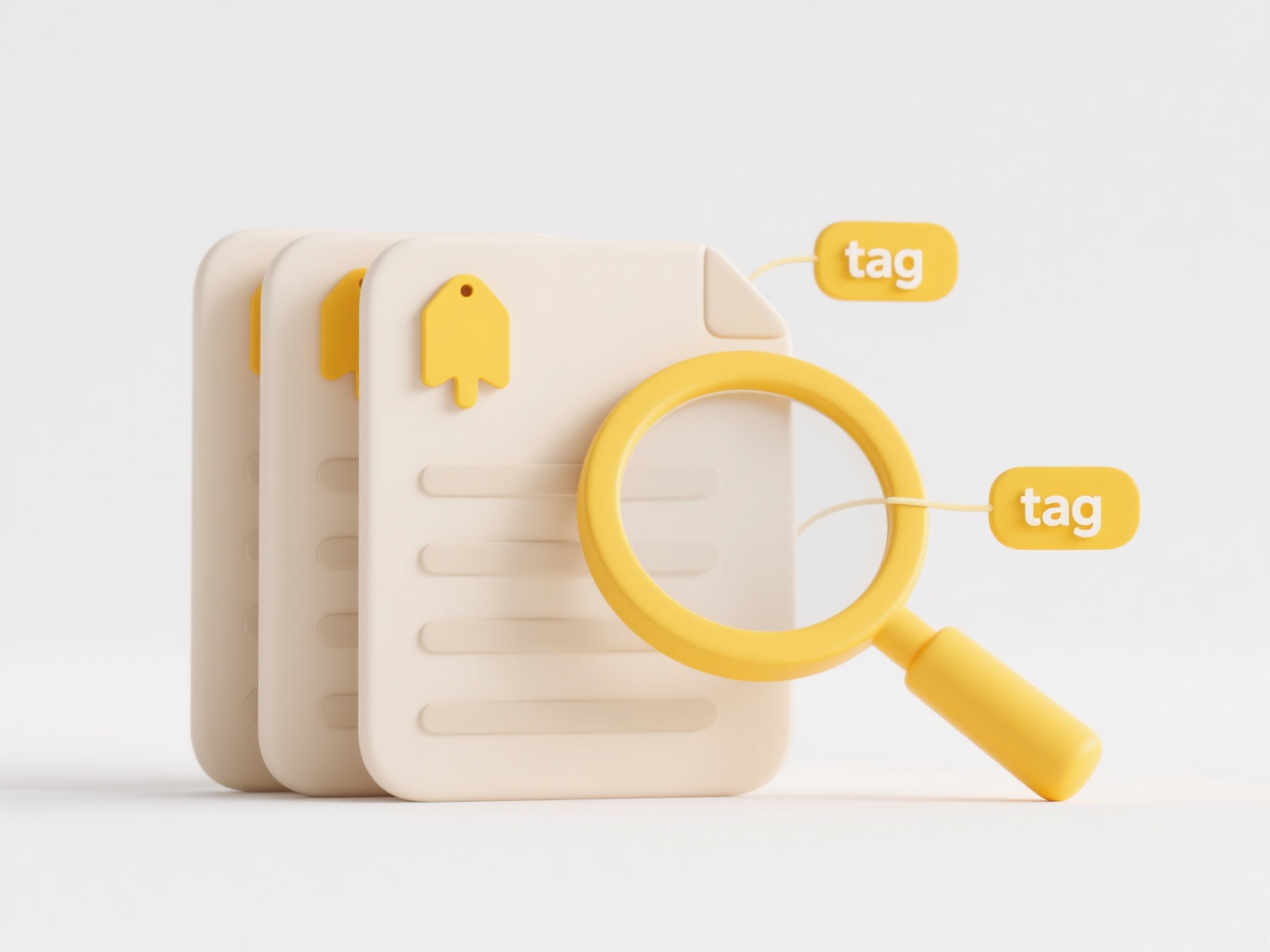
External drives are portable physical storage devices (like USB sticks or portable SSDs), while cloud storage refers to remotely hosted internet-based storage services. You can use external drives with cloud storage, but they don't operate directly together as one integrated system. Instead, external drives often serve as a source or destination for files being uploaded to or downloaded from your cloud storage account. This typically requires connecting the drive to a computer or device with internet access running the cloud storage application.
A common practice is backing up data from an external drive to the cloud. For instance, photographers might copy photos from a camera's memory card (via an external card reader) to a computer, then upload those files to cloud services like Dropbox or Google Drive for safekeeping. Conversely, professionals needing large files locally, perhaps architects carrying project blueprints, might download them from their OneDrive account onto an external SSD for offline access at a client site.

Using external drives with cloud storage offers hybrid flexibility: the drive provides fast local access and large capacity portability, while the cloud offers universal access, collaboration, and off-site backup. Key limitations involve manual transfer steps and reliance on device access/internet speeds for cloud syncing. Security is paramount; sensitive files temporarily stored on an external drive should be encrypted, and understanding the cloud provider's security measures is essential. While integration is improving (e.g., direct cloud uploads via specific NAS drives), seamless automatic syncing between a simple USB drive and cloud isn't yet standard.
Can I use external drives with cloud storage?
External drives are portable physical storage devices (like USB sticks or portable SSDs), while cloud storage refers to remotely hosted internet-based storage services. You can use external drives with cloud storage, but they don't operate directly together as one integrated system. Instead, external drives often serve as a source or destination for files being uploaded to or downloaded from your cloud storage account. This typically requires connecting the drive to a computer or device with internet access running the cloud storage application.
A common practice is backing up data from an external drive to the cloud. For instance, photographers might copy photos from a camera's memory card (via an external card reader) to a computer, then upload those files to cloud services like Dropbox or Google Drive for safekeeping. Conversely, professionals needing large files locally, perhaps architects carrying project blueprints, might download them from their OneDrive account onto an external SSD for offline access at a client site.

Using external drives with cloud storage offers hybrid flexibility: the drive provides fast local access and large capacity portability, while the cloud offers universal access, collaboration, and off-site backup. Key limitations involve manual transfer steps and reliance on device access/internet speeds for cloud syncing. Security is paramount; sensitive files temporarily stored on an external drive should be encrypted, and understanding the cloud provider's security measures is essential. While integration is improving (e.g., direct cloud uploads via specific NAS drives), seamless automatic syncing between a simple USB drive and cloud isn't yet standard.
Quick Article Links
How do I use a script to rename multiple files?
Using scripts to rename multiple files automates the process of changing filenames based on defined rules, replacing the...
How to maintain folder structure consistency across devices or users?
How to maintain folder structure consistency across devices or users? Consistent file organization across different de...
How do I determine if a file is a virus based on its extension?
Determining if a file is a virus based solely on its extension is unreliable and ineffective. File extensions (like .exe...